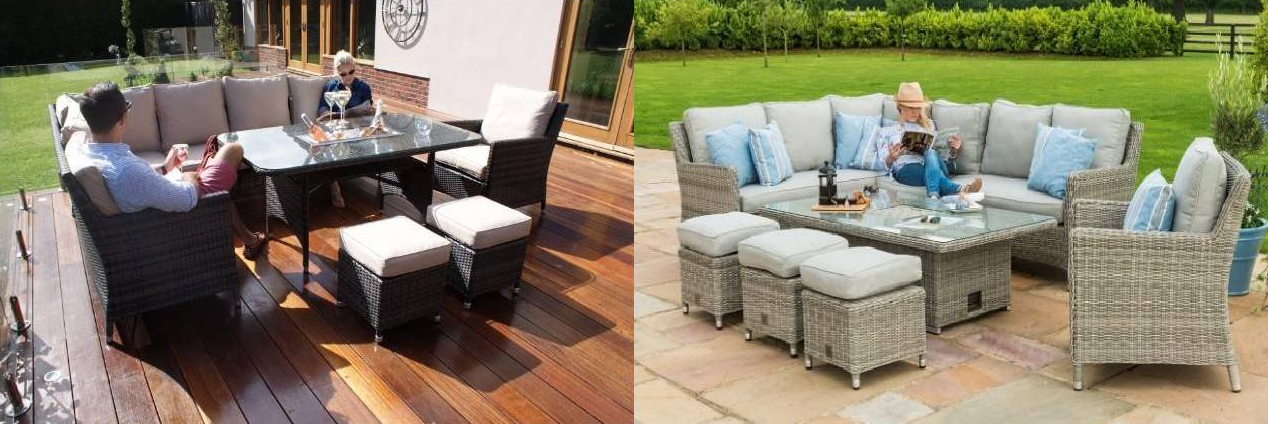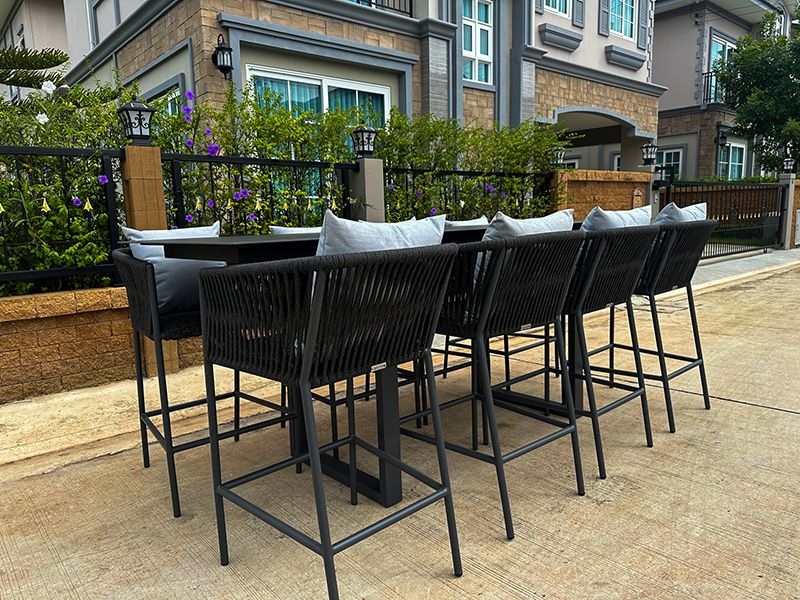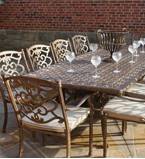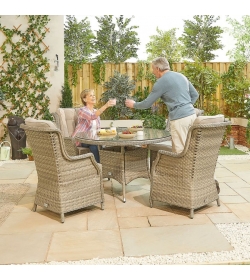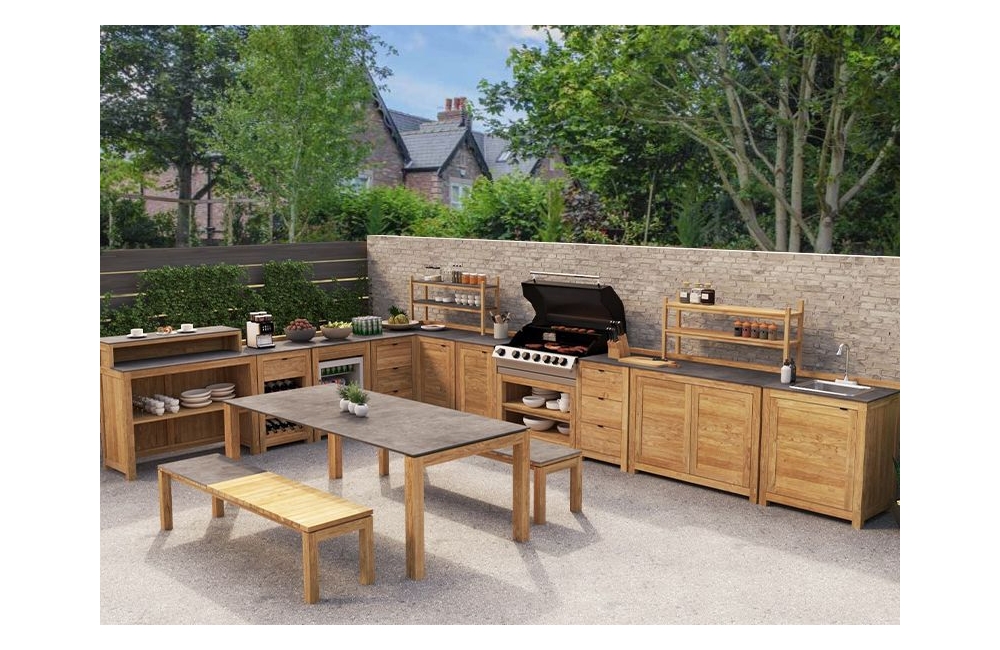Looking for a perfect outdoor dining table sets? Here are the factors to consider while purchasing one.
There is no denial on the fact that a house looks empty without a proper dining table. This is where your family reunion takes place. Besides its utility as a furniture, it sets an aesthetic value to the room. If you are willing to decorate your backyard, stylish outdoor dinner tables are a valuable addition.
For a change, an afternoon brunch, or a small family get-together at your place, outdoor dining sets are extremely useful. These dining tables are available in plentiful designs online over the internet. These designs are of different sizes and shapes. That is why you have to ensure that you choose the perfect model for your place.
In this article, we will discuss about 5 major factors you need to consider prior purchase of any casual dining set.
SHAPE AND SPACE RATIO: The dining place is where you make memories. However, you need to properly examine your place and space in the backyard before ordering it. Decide the type of dining table you need, whether it is big or small, circular, rectangular or oval in shape. You should select the size and shape based on the number of people you are looking to accommodate. Also, keep in mind to maintain a proper shape and space ratio.
Oval or round ones are mostly used as a center table for conversation, whereas rectangular tables are the best to serve food. They fit a group of six to eight people easily and look compact in both small and large spaces.
STYLE AND DESIGN INDEX: The furniture of your house shows off your taste and choice. Out of endless designs, selecting the right one that flows with your space is the most vital factor. You can either select from a sleek contemporary design or a heavy antique collection, whatever matches the best in your garden.
Outdoor dining sets that are made of bamboo, teak, pine, or oak are most recommendable as they are resilient to rain or heat. They not only come with a timeless charm and luxury but are durable too.
EASY Maintenance: One of the most important factors, is choosing dining tables made of materials that are easy to maintain. Products made of aluminium and teak last long with minimum maintenance cost. These materials can be easily cleaned by rubbing off the dirt with a small piece of cloth while natural oils contribute to maintaining its quality during the end of the season.
Quality Index: Remember to choose quality over everything. If you have less budget go for a small dining table with chairs but do not compromise on quality. Besides price, the quality index is also determined by how reliable the vendor is. To suit Spanish weather conditions, Garden Furniture Spain outdoor dining sets are made of hard materials. They are uniquely designed to catch your attention at once.
If you are unsure of the design and quality online, it is always recommended to visit the store to check the product. In case you are unable to visit the store, look for a company that offers a free trial at home.
Finding a dining table that matches your preference might sound like a challenge. Most of the companies go by stylish design while compromising on the quality. Hence a thorough check both online and offline is essential. Whether it is a close-ended meeting or a big gathering, make your guests stare once and always.
